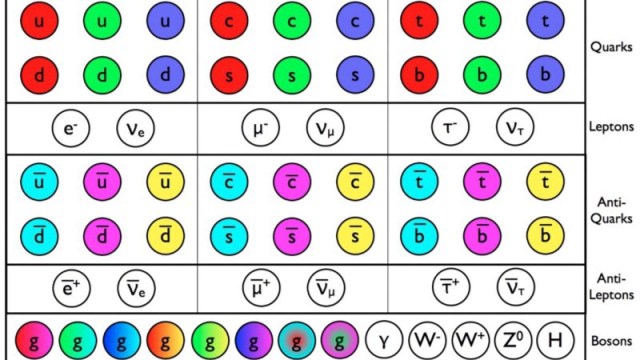Why String Theory Is Not A Scientific Theory
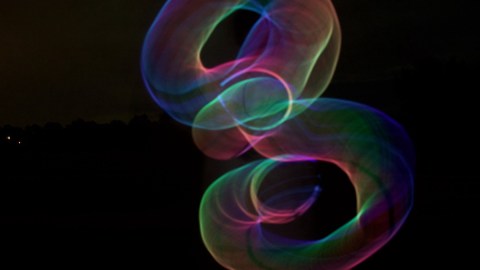
Scientists work on it, it’s consistent with science, and it hopes to be the biggest scientific breakthrough of all. But it’s missing one key ingredient.
“As of now, string theorists have no explanation of why there are three large dimensions as well as time, and the other dimensions are microscopic. Proposals about that have been all over the map.” –Edward Witten
There are a lot of different ways to define science, but perhaps one that everyone can agree on is that it’s a process by which:
- knowledge about the natural world or a particular phenomenon is gathered,
- a testable hypothesis is put forth concerning a natural, physical explanation for that phenomenon,
- that hypothesis is then tested and either validated or falsified,
- and an overarching framework — or scientific theory — is constructed to explain the hypothesis and that makes predictions about other phenomena,
- which is then tested further, and either validated, in which case new phenomena to test are sought (back to step 3), or falsified, in which case a new testable hypothesis is put forth (back to step 2)…
and so on. This scientific process always involves the continued gathering of more data, the continued refining or outright replacing of hypotheses when the realm of validity of the theory is exceeded, and testing that subjects that theory to either further validation or potential falsification.
That’s how science has always progressed, whether we’ve recognized it or not. Heliocentrism replaced geocentrism because it explained phenomena that geocentrism couldn’t, including:
- Jupiter’s moons,
- the phases and relative sizes of Venus and Mars at different times of year,
- and the periodicity of cometary orbits.
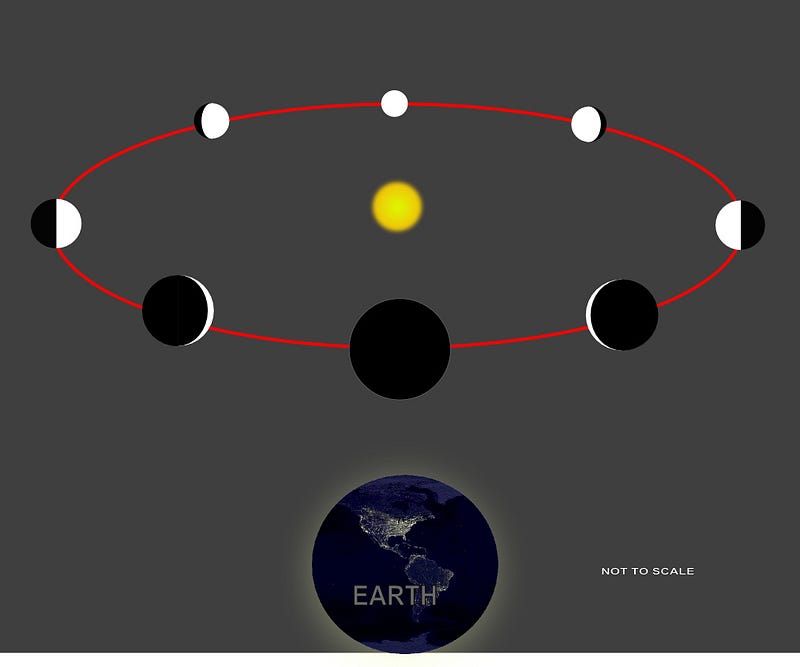
Newtonian gravity superseded Kepler’s laws because of its additional predictive power, combining terrestrial and celestial mechanics. Even Einstein’s relativity, both special and general, came about because of the failures of Newtonian mechanics to account for behavior close to the speed of light and in strong gravitational fields. It took observations well beyond what was capable of in Newton’s time, such as the measurements of the lifetimes of particles produced in radioactive decays and the orbit of Mercury around the Sun over the course of centuries. The continued gathering of data — in new regimes, at higher precision and over longer timescales — allowed us to see the cracks in the scientific theories du jour, as well as where the potential to expand beyond them were.
Now, we come to the present day. Einstein’s general relativity is still our leading theory of gravity, having passed every experimental and observational test tossed its way, from gravitational lensing to relativistic frame dragging to the decay of binary pulsar orbits, while three other fundamental forces — electromagnetism and the strong and weak nuclear forces — are described by quantum field theories. These two classes of theories are fundamentally incompatible and incomplete on their own, and indicate that there is more to the Universe than we currently understand, despite the success of the Standard Model and the need for a quantum theory of gravity.

One option for a solution to this conundrum is string theory, or the idea that everything we perceive as a particle or force is simply an excitation of a closed or open string, vibrating at specific but unique frequencies.
It may seem that, by calling it “string theory” and presenting it as a possible solution to a scientific question, we’ve already answered in the affirmative: yes, string theory is a scientific theory. But it’s only a theory in the mathematical sense, which means it has its own set of axioms, postulates, elements, as well as the theorems and corollaries that can be derived from them. Set theory, group theory and number theory are all examples of mathematical theories, and string theory is another such example.
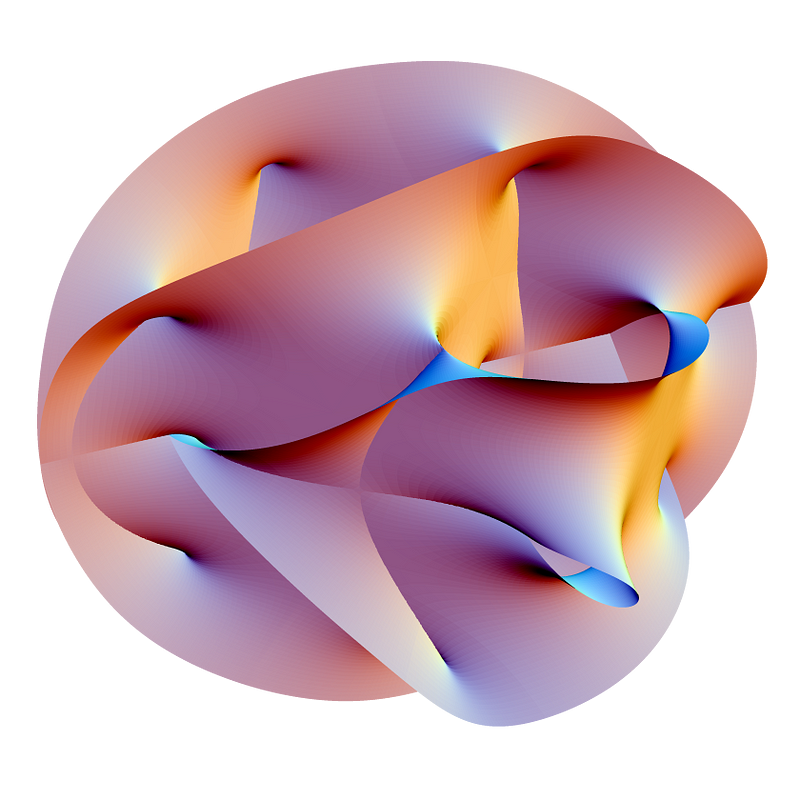
But is it a physical theory?
It makes physical predictions, such as:
- the existence of ten dimensions,
- that the fundamental constants are determined by the “vacuum” of string theory,
- the existence of supersymmetric particles,
- and that there is a mathematically equivalent relation between a theory of quantum gravity in, say, five-dimensional space and a field theory without gravity on the boundary (and hence, in four dimensions) of that space.
These are, no doubt, predictions about the physical Universe. But can we test any of these predictions?
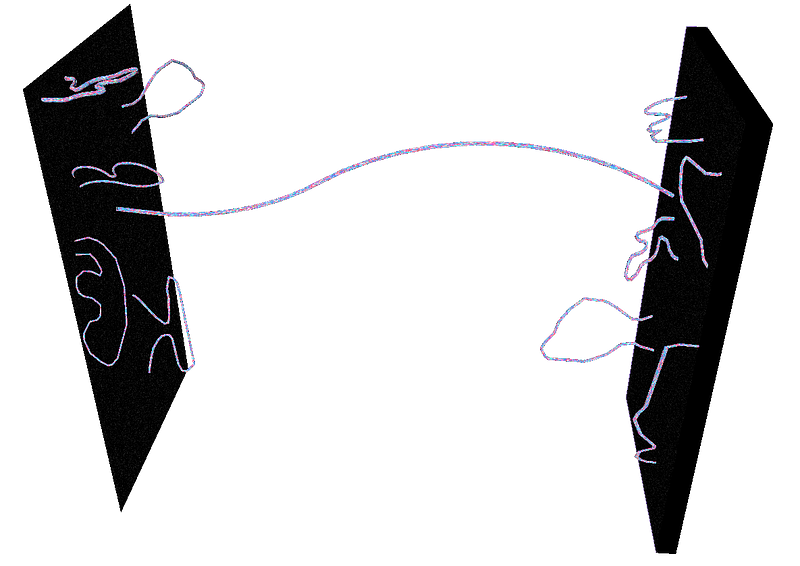
The answer, so far, is no. The first one is a huge problem: we need to get rid of six dimensions to get back the Universe we see, and there are more ways to do it than there are atoms in the Universe. What’s worse, is that each way you do it gives a different “vacuum” for string theory, with no clear way to get the fundamental constants that describe the Universe we inhabit, which is the second prediction. The third prediction has come up empty, but we would need to achieve energies that are ~1015 times higher than what the LHC can produce to rule out string theory entirely and falsify it. Moreover, supersymmetric particles is not a unique prediction of string theory; finding them would only mean that string theory isn’t ruled out, not that it’s right. And the last prediction is only a mathematical one, not a physical one. It doesn’t give us anything specific to look for or test about our Universe.
Although there was an entire conference on it earlier this month, spurred by a controversial opinion piece written a year ago by George Ellis and Joe Silk, the answer is very clear: no, string theory is not a scientific theory. The way people are trying to turn it into science is — as Sabine Hossenfelder and Davide Castelvecchi report — by redefining what “science” is.

How absurd! If I showed you a tulip and said, “this is a rose,” you could show me all the roses in the world and say, “no, these are roses, that is a tulip.” If I then changed the definition of a rose to include tulips, would that cause a tulip to become a rose? Or would I merely be turning a useful definition and distinction into a less useful one?
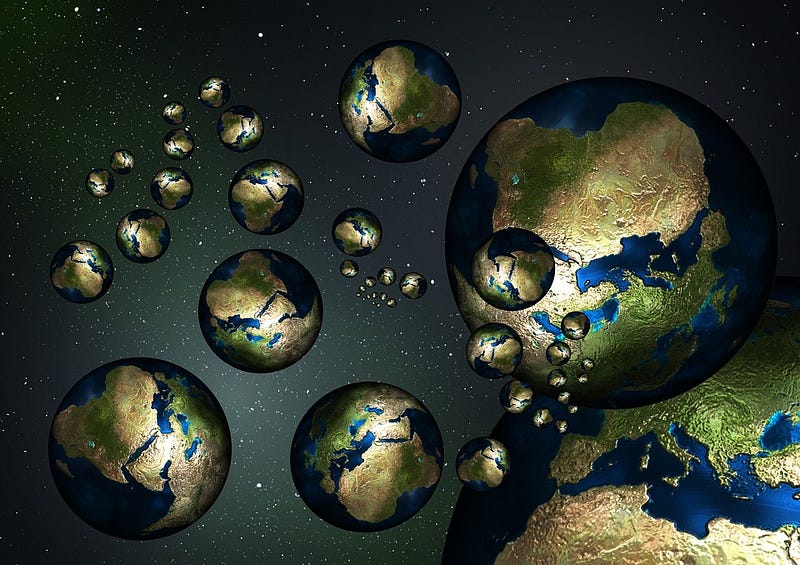
If you want to rise to the level of a scientific theory, you have to make a testable — and hence, falsifiable or validatable — predictions. Even a physical state that arises as a consequence of an established theory, such as the multiverse, isn’t a scientific theory until we have a way to confirm or refute it; it’s only a hypothesis, even if it’s a good hypothesis. What’s interesting about string theory is that when it was first proposed, it was called the string hypothesis, as it was recognized this idea hadn’t yet risen to the status of a full-fledged theory. (Of course, at that time, it hypothesized that strings were the fundamental entity inside of atomic nuclei, rather than quarks and gluons.)
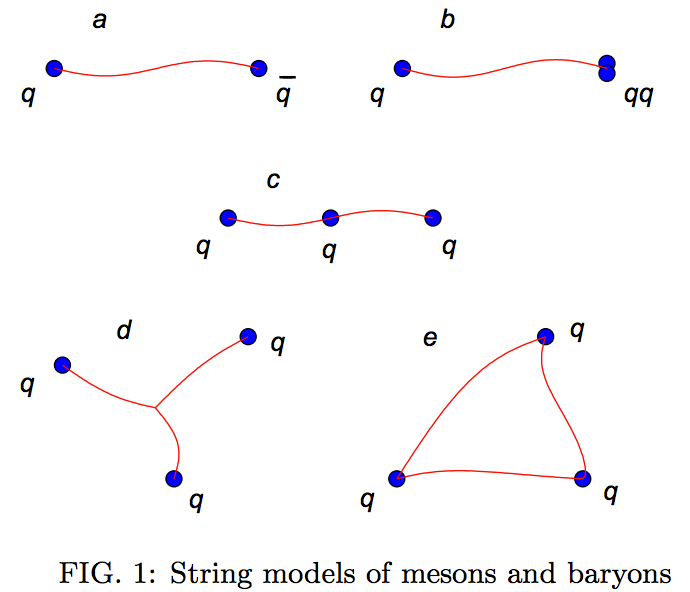
It’s still a physical hypothesis, and perhaps someday it will become a physically interesting scientific theory. When that day comes, we’ll all proudly welcome string theory into the fold as science. Until then, we can all agree that string theory is interesting for the possibilities it holds. Whether those possibilities are relevant or meaningful for our Universe, however, is a question science is unable to address today.
Leave your comments on our forum, help Starts With A Bang! deliver more rewards on Patreon, and order our first book, Beyond The Galaxy, out now!





